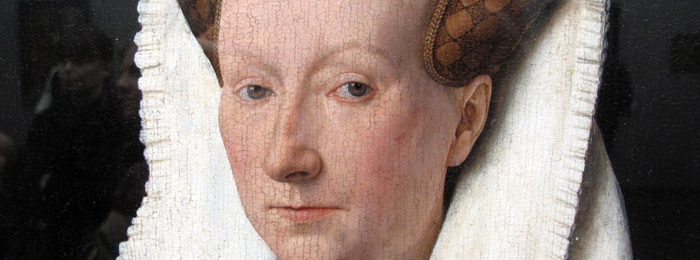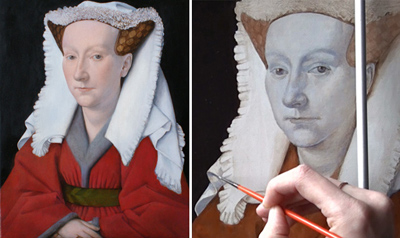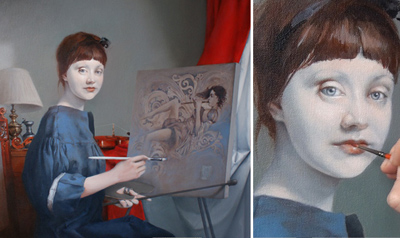Glazing Painting Techniques

Glazing Painting Techniques
So, here I’ll give you way too much information on glazing (or indirect painting). But you can pick out what you need and forget the rest. It’ll be right here if you ever change your mind.
Here’s the first rule (yes, in art rules are for breaking, but you have to understand the rule before you can break it most effectively)
Fat Over Lean
All mediums are fat, all opaque pigments without medium are lean. You want to paint opaquely first, with little or no medium. In subsequent layers you can move to using more medium because the oil will soak through to the first layer. Also, you don’t want the under layer to dry slower than top layer as this will result in buckling and cracking.
The basic elements of glazing are pigment and medium. We’ll start with the medium first.
Mediums can be as individual as your brush strokes, so there’s no “true” formula. However, there are a few rules of thumb that you want to keep in mind.
1. Never use Damar Varnish in your medium. If your painting is ever restored, they will remove the final varnish, and in doing so all of the varnish in your piece will break down. Meaning each layer will separate and your painting will disintegrate.
2. Too much solvent in your medium will cause your pigment to break down, destroying your color and texture. One should never use more than 50% solvent.
3. Certain oils tend to yellow more over time, so you definitely don’t want to use vegetable oil. Stick with refined oils: linseed, poppy seed, walnut, spike oil.
There are three basic types of glazes:
1. Traditional glaze: a transparent pigment diluted with medium, color will become warmer.
2. Velatura: a glaze with a color which is lighter in value than the under layer and is semi-transparent. More simply put: it has white in it. This will cool off the color
3. Scumbling: an opaque kind of glazing produced by loosely dry brushing one color over another so that the under color shows through. There is no set rule here for temperature change as this depends upon the pigments, but generally if the value of the pigment is lighter than the under layer it have a cooling effect, darker will have a warming effect. This is great for optical blending, where you do not actually blend colors to produce a third color, but they look blended from a distance.
- Receive 4 new videos monthly (12 in total)
- Incredible discount – $3,287
- Bonuses – Fine Art eBooks and Videos
- Personal coaching by Web Art Academy Tutors
- Web Art Academy Diploma of Excellence
- Full membership after the 3rd month
- Instant access to all Video Lessons and Bonuses
- Incredible discount – $3,321
- Bonuses – Fine Art eBooks and Videos
- Personal coaching by Web Art Academy Tutors
- Web Art Academy Diploma of Excellence
- Full membership from day one
![]() To Your Creative Success,
To Your Creative Success,
Natalie Richy and Vladimir London
Web Art Academy Founders




This Post Has 0 Comments